The poet pauses in the flickering torchlight of the mead hall. The warriors, who have been boisterously half-listening, suddenly grow silent, their cups half-raised, as the poet comes to the most dramatic moment of his tale: a great battle at sea.
But the poet never says the word “sea.” Instead, he speaks of warriors clashing over the “whale’s riding” — reminding his audience that even the hardiest sailor is merely a guest in the domain of the great beasts under the waves.
As he continues, he describes a sword as a “battle-light,” and the blades conjured up in the listeners’ minds seem to glow with their own fierce radiance.
“But why not speak plainly?” whispers a young warrior, newly arrived from across the sea.
The man sitting next to him turns, not comprehending.
“In my land, we call a sword a sword,” the young man explains. “We don’t bother with all these… fine words. What is a ‘battle-light’, anyway?”
His benchmate, an older man, gives him a stern look, "Words? If you hear only words there, boy, you must never have held a sword in battle. When the poet speaks of the ‘battle-light,’ I see every sword I've ever raised in anger, every gleam of metal before blood is shed.”
The young man stammers, “Of— of course I’ve drawn a sword, old man. Why, I— I’ll draw one on you this evening if you — you don’t…”
The poet looks over — he’s used to fights breaking out during his performances, and he recognizes the signs of a feud brewing on the bench.
“Well, boy,” said the older man. “If you’re eager for an education on how swords look before they’ve had their fill of blood, you can either hold your tongue and receive it from the poet, or keep talking and I’ll show you myself.”
The young man goes silent.
The poet, still singing, is trying to tell whether his song is soon to be interrupted. But the older man raises his cup and signals that the poet should go on — after all, he’s about to tell the best part of the story.
Bone-house, battle-light, and whale-riding
Long before Shakespeare ever put pen to paper, the poets of the Iron Age Germanic cultures were crafting imaginative descriptions that described mundane objects using vivid metaphorical images. We saw a couple in the vignette above: a sword became a “battle-light,” the sea became a “whale-riding” — or, in Old English, a beaduleoma and a hranrad, respectively.
These expressions — known as kennings — served as poetic substitutes for everyday nouns. Although the name kenning comes from Icelandic, kennings themselves are found in both Old Icelandic (that is, Old Norse) and Old English poetry, where they are extremely common. We’ll talk about what the word kenning means in just a bit.
Not nearly as many kennings have been found in other Germanic languages — it seems to have been a particular feature of the Old English and Old Norse poetic traditions. Nevertheless, there are still a few kennings in texts written in other Germanic languages, such as Old Saxon and Old Frisian, which leads scholars to believe that kennings were likely a feature of Germanic poetry dating back before the different Germanic languages split (somewhere between 500 BC–AD 500).
Despite their common origin, however, the use of kennings developed in different ways in Old English and Old Norse poetry.
In Old English, they’re largely straightforward to understand, not requiring any special knowledge. So a “bone-house” (banhus) is a body — anyone who has a body can figure that one out. “Heaven’s gem” (heofones gim) is the sun, which is clear enough to anyone who has looked up at the sky.
But Old Norse took kennings to another level of complexity, especially in the genre of skaldic poetry. Skaldic poetry, from the Old Norse word skald ‘poet,’ inherited the same kind of Germanic alliterative verse used by Old English poets, but developed it further. One of the ways in which skaldic verse was more intricate than its ancestor is in the density and obscurity of the kennings it uses.
These skaldic kennings often require specific cultural knowledge to interpret. For example, mjǫðr Ȯðins ‘Odin’s mead’ refers to poetry. Why? Because of a particular myth in which dwarves brewed a magical mead which would give the gift of poetry. Odin wanted to bring this gift to gods, so he surreptitiously drank the dwarves’ mead and escaped in the form of an eagle — as he flew, he spat out some of the mead, and it fell into the human realm, granting some lucky ones among us the gift of poetry.
If you didn’t know the story of Odin’s theft of the mead, you’d have no way of guessing that Odin’s mead referred to poetry.
See how unlike the Old English kennings this is: most people could guess that “heaven’s gem” refers to the sun, since it relies only on knowledge and experience that virtually all people have. But would you be able to figure out what Fýrisvalla fræ ‘the seeds of the Fyris Wolds’ are?1
The anatomy of a kenning
No matter how complex or obscure it might be, each kenning has a consistent structure that makes it work.
A kenning is a compound word, like Modern English school bus, ice cream, or blackboard (the spelling of compound words in Modern English is inconsistent: sometimes they’re written as one word, sometimes as two, and sometimes with a hyphen in between). So, to understand kennings, we need first to understand compounds.
Technically speaking, some kennings aren’t compounds per se — they’re phrases like “heaven’s gem” rather than words like “heaven-gem,” but this is splitting hairs since the two kinds work exactly the same way.
Most English compounds have two parts: the head and the determinant. The head represents the general type of thing the compound refers to: a blackboard is a board, a school bus is a bus, and ice cream is a type of cream.
Heads of compounds go on the right side of the word in Modern English — as well as Old English and Old Norse. That means that, when you first read a new compound, like Pokémon trainer, you know it’s a type of trainer, and not a type of Pokémon — in fact, you don’t even need to know what a Pokémon is to know that a Pokémon trainer is a trainer.
The other side of the compound is the determinant — found on the left in the languages we’re discussing today — this tells you what kind of thing the compound refers to. So, a school bus is a bus — but what kind of bus? The kind that has something to do with school. Ice cream is a kind of cream — the kind that has been made into ice. A blackboard is a kind of board — the kind that is black (yes, some are green; we’ll return to this).
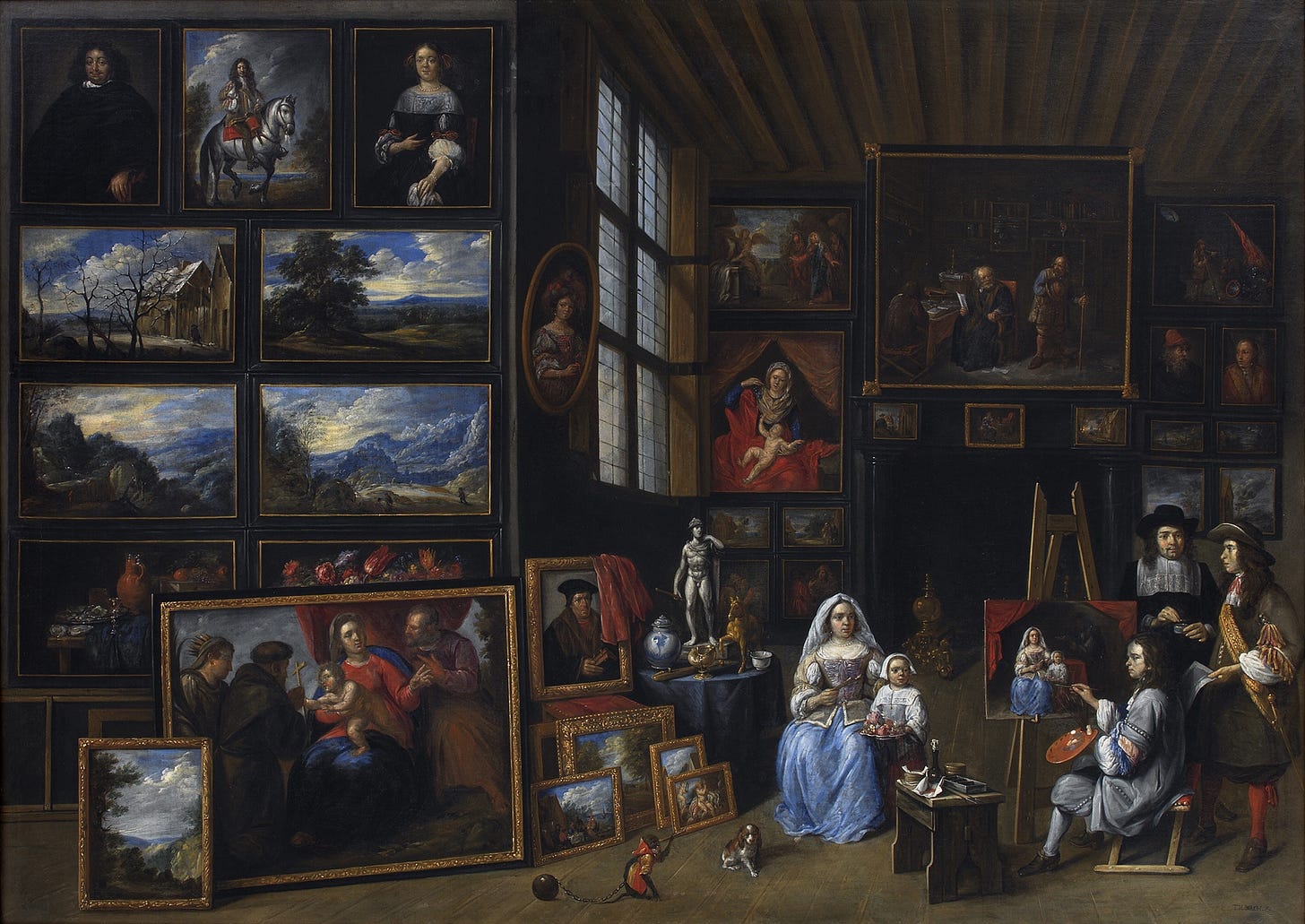
What’s especially interesting is that the relationship between the meaning of the determinant and the meaning of the compound as a whole isn’t entirely predictable or straightforward. For example, a school bus is a bus that takes you to school. But, in theory, the relationship between school and bus could be anything: it could be a bus that moves around in a school, like fish do.
And ice cream isn’t really ice — but it has been frozen like ice. Come to think of it, not all blackboards are black! I know plenty that are green. So you can see that there’s a certain amount of “let’s just agree that blackboard means the kind of board you write on with chalk”, even if that board doesn’t happen to be black. In other words, the way to interpret the relationship between the two parts of the compound is, in part, at least, arbitrary and unpredictable.
Here’s where kennings come in: a kenning is a compound where the head actually doesn’t refer directly to the thing the compound refers to. A “battle-light” isn’t actually a light — it refers to a sword. A “bone-house” isn’t literally a house — it refers to a body. To get from “light” to “sword” and from “house” to “body,” you need to take a metaphorical leap — and it’s the job of the determinant to tell you what direction to jump in.
Reading the kenning “battle-light” invites you to apply what you know about lights into the domain of battle. What, in a battle (determinant), plays the role of a light (head)? A sword — although this one is perhaps harder for us moderns to work out because we lack the context to know that swords flash on the battlefield. But the kenning “bone-house” is easier: what kind of thing is like a house (head), but made of bones (determinant)? Why, it’s the body, of course!
Here too, there is an element of arbitrariness — why is it that we fit “bone-house” into the frame “something like a house made of bone” but “battle-light” into the frame “something that acts as a light in battle”? It’s because compounds are always a little bit arbitrary, and kennings are no different.
But, with Old English kennings, at least, the solution is rarely difficult. Old Norse skalds, on the other hand, often delighted in writing kennings which acted like riddles, which the audience would have to solve.
Why kennings?
But why did Germanic poets embrace this technique? It wasn’t just ornamental.
Kennings served a crucial function within the structure of Old English and Norse poetry. As I mentioned above, Germanic verse, including Old English and Old Norse poetry, was alliterative rather than rhymed — that is, words on the same line had to start with the same sound in order to count as a proper line of poetry.
Old Norse skaldic poetry did have some elements of rhyme alongside alliteration, which is part of what makes skaldic poetry particularly intricate and hard to compose.
Here’s a Modern English example that shows what I mean:
They say roses are red: a risky beginning
For a prudent poet. I would pick the violets.
If you’re curious about how this kind of poetry worked, you can read all about it in a previous issue of the Dead Language Society, where I talked about the ancient art of alliterative verse.
For our purposes, however, we only need to notice the fact that poets really cared about how words began. This also means that poets needed multiple ways to refer to the same concept — if you’re talking about the sea a lot, you’re going to be forced into alliterating with ‘s-’ unless you have alternative ways of referring to the sea.
And that’s exactly what kennings provide: alternative descriptions of the same thing that begin with different sounds. So the sea can be referred to as hwæles eþel ‘whale’s homeland’ or hranrad ‘whale-riding’ if you want to alliterate with ‘h-’ words. Or it can be swanrad ‘swan-riding’ to alliterate with ‘s-,’ or ganotes bæþ ‘gannet’s bath’ to alliterate with ‘g-’ — a gannet is a type of sea bird.
Other non-kenning compounds could do this too: for example, the Danes are referred to in Beowulf as the Gardene ‘spear-Danes,’ as well as the Suþdene ‘south-Danes,’ Eastdene ‘east-Danes,’ Norþdene ‘north-Danes,’ and Westdene ‘west-Danes.’
It’s not that the Danes were divided according to the four points of the compass — it’s more likely that the poet wanted to talk about Danes a lot, and needed to alliterate on likes starting with ‘s-,’ ‘n-,’ ‘w-,’ and vowels. (Vowels all alliterate with each other.)
Making the world known
So that’s how kennings work and why poets used them. Now I’d like to make the case for why kennings should matter to you. But to do so, I’ll first fulfil a promise I made to you earlier, namely, to explain where the word kenning comes from.
The word kenning is a borrowing from Old Norse, where it’s used as a technical term when discussing poetry, just as I’ve been using it in this article. But kenning also had a plain meaning, which was ‘teaching’ or ‘recognition.’ It came from the verb kenna, which meant ‘to know’ or ‘to make known.’ It’s related to the English word ken, as in the phrase beyond one’s ken, meaning ‘beyond one’s knowledge.’ The word ken is also used in Scots with the meaning ‘to know’ to this day.
The idea behind the Old Norse term is that a kenning was a word you could use to make something known (kenna) — although, to the uninitiated, the effect of an Old Norse kenning is to obscure rather than reveal.
And this brings me to my final point about kennings — to one degree or another, they rely on a shared experience between the poet and the audience.
In the case of Old English poetry, it didn’t require much, but Old Norse skaldic poetry required quite a lot. Either way, the poet and the audience needed to inhabit a shared world in order for the meaning to be communicated — for the kenning to truly make something known.
In this way, kennings are like the classical and biblical allusions in poets like Milton. For example, here Milton compares the topic of his poem (the Fall of Man) to that of the Iliad, namely, the wrath of Achilles:
Not less but more Heroic then the wrauth
Of stern Achilles on his Foe pursu'd
Thrice Fugitive about Troy Wall;
(Paradise Lost 9.14–16)
If you haven’t read the Iliad, the force of this comparison will pass you by. Although allusions like these may frustrate modern readers, who haven’t always had the benefits of a classical education, part of the joy of reading Milton is working them all out. By following the breadcrumb trails of allusions, we can come to inhabit his world of ideas.
And coming to inhabit the world of the poet is also part of the joy of reading Old English poetry — and even more so for Old Norse poetry. To understand the sum total of all their kennings would be to obtain a map of this world: an education in itself. It’s no accident that kenning also means ‘teaching.’
And lest you think the kenning is a dead art, we haven’t quite forgotten how to make them — if you’ve ever called a raccoon a trash panda or, for readers of a certain vintage, if you’ve ever called the internet the information superhighway, you too have participated in this tradition of making the world known through kennings.
Fýrisvalla fræ ‘the seeds of the Fyris Wolds’ refers to gold. It comes from a story from Hrólfs saga kraka ‘The Saga of Hrolf Kraki,’ in which Hrolf Kraki is fleeing across the Fyris Wolds, a marshy plain near Uppsala in Sweden. To escape his pursuers, Hrolf Kraki spread gold out over the plain so that men on horseback would be forced to dismount and pick it up.

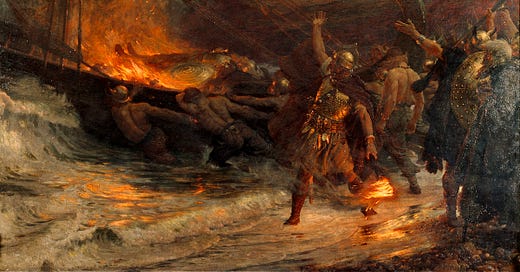



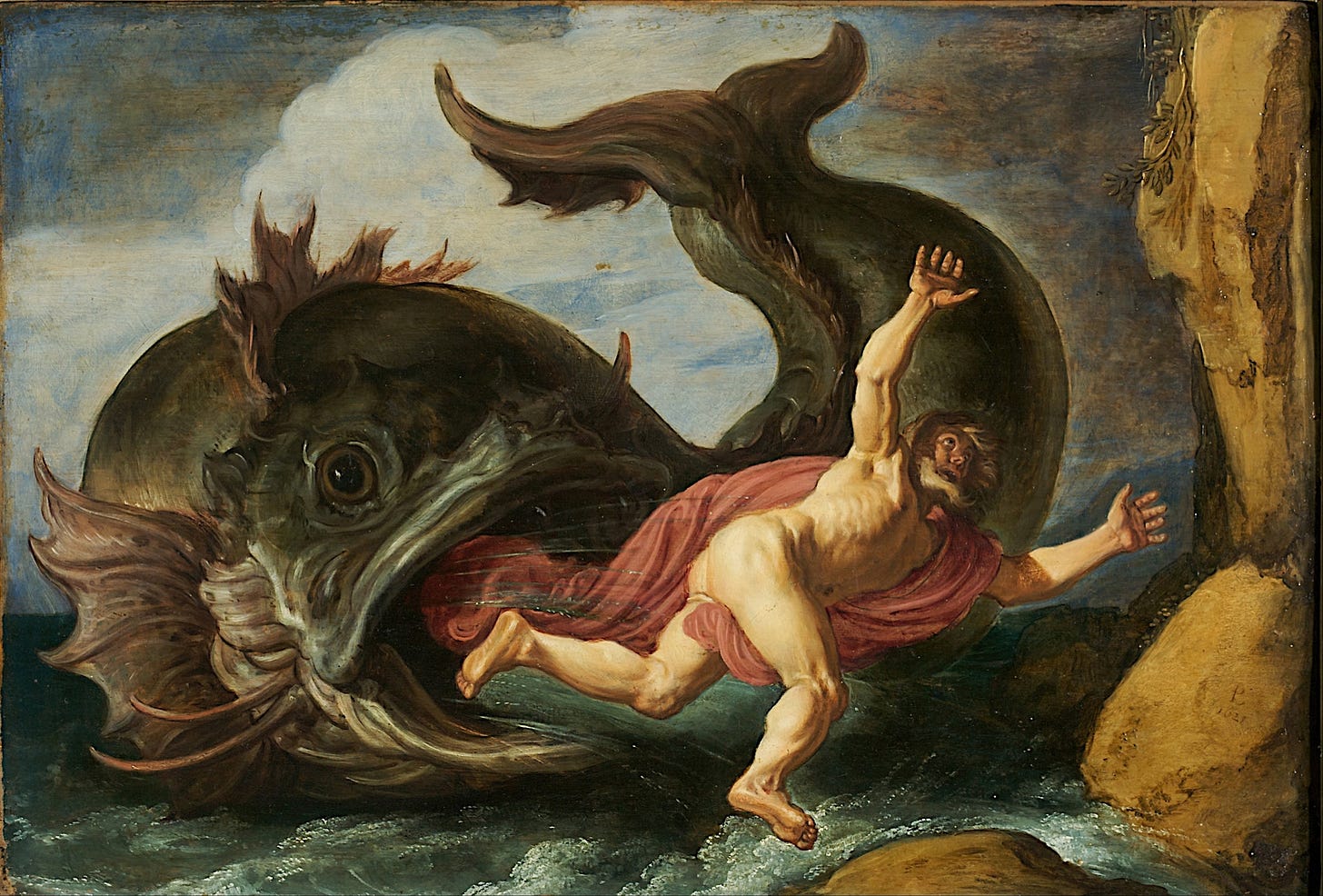
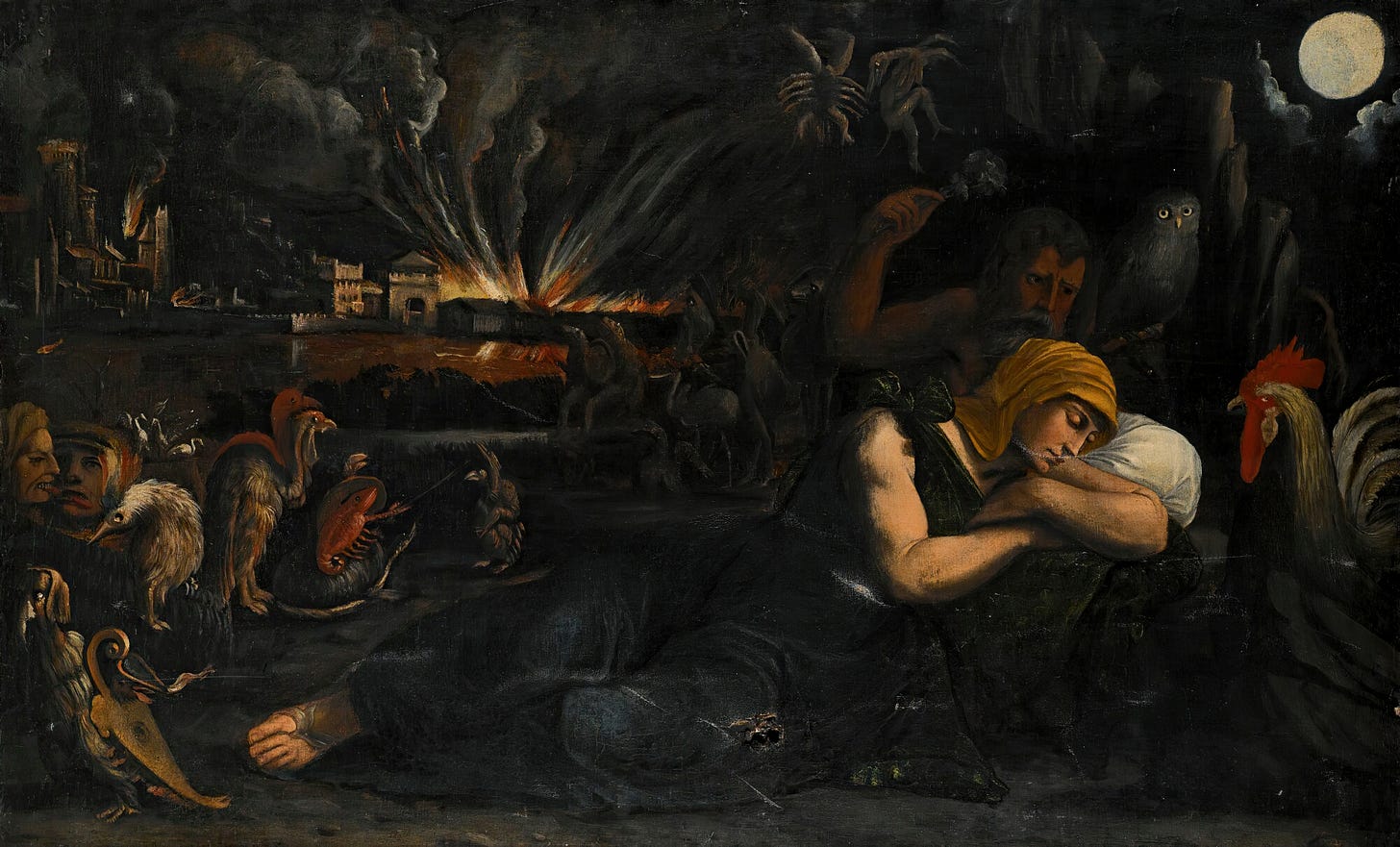
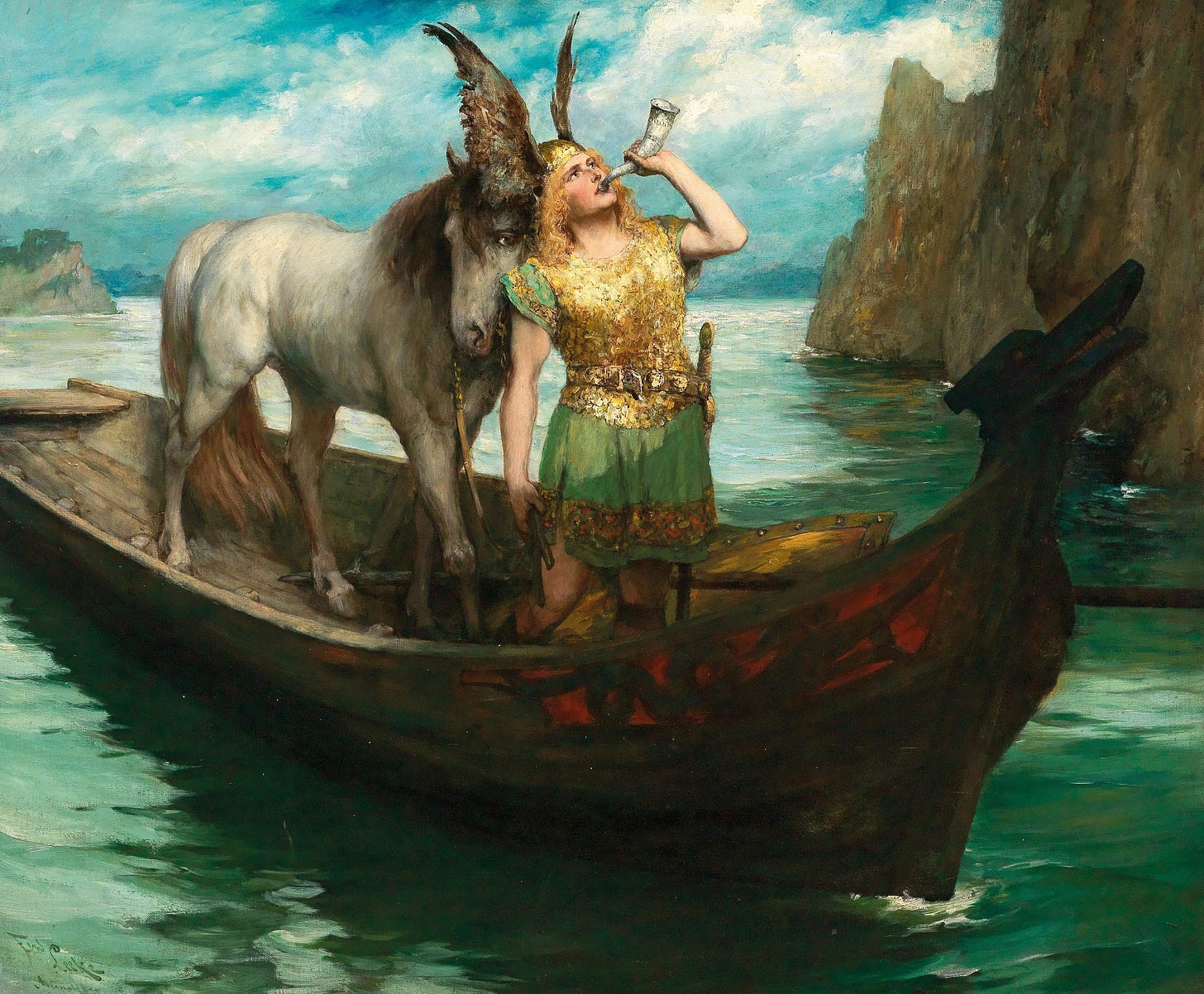
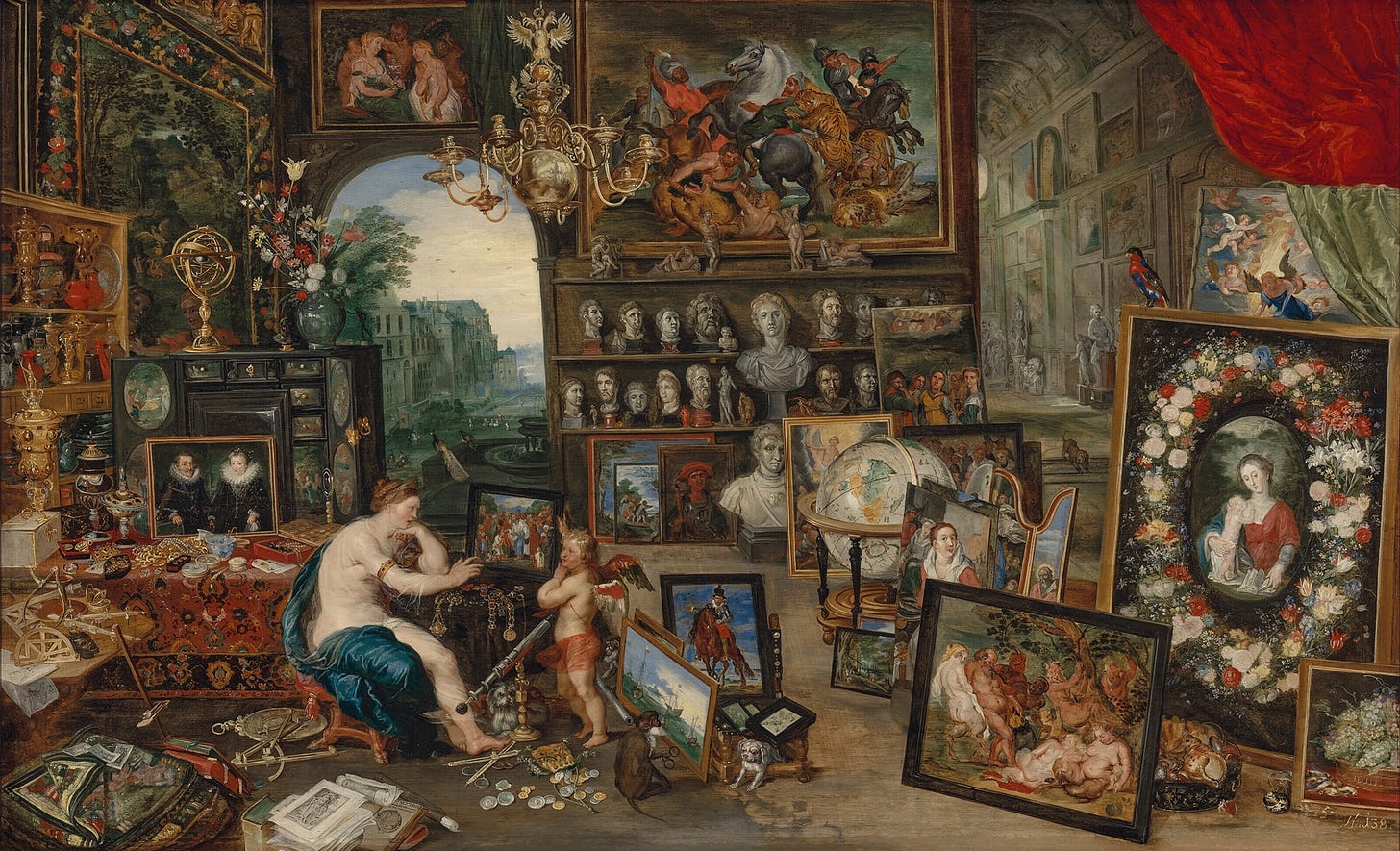
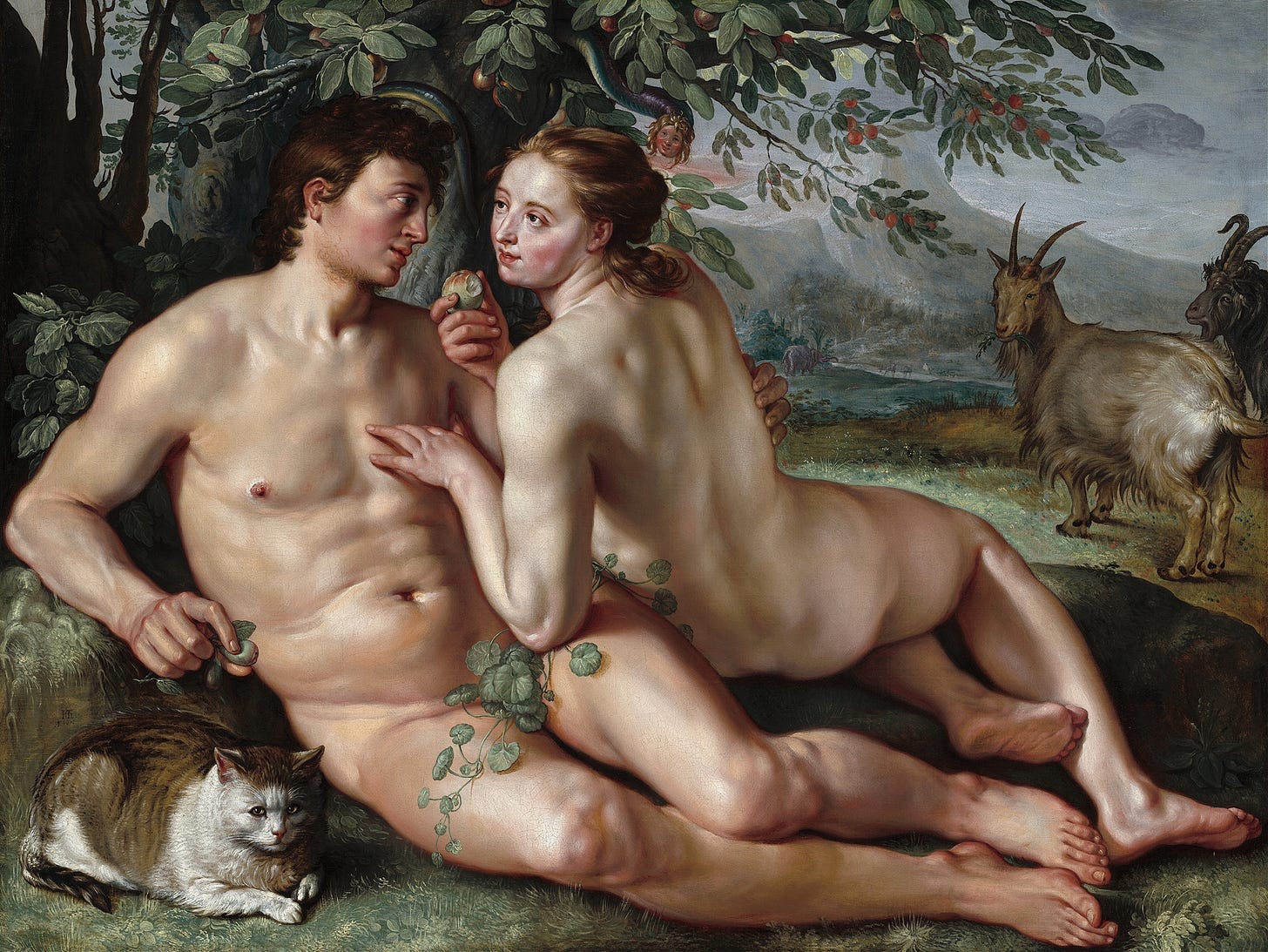
Children of the internet age should innately understand the concept of deeply referential allusions and “kennings” known only to the in-group. That’s just “meme” culture, where unless you know the references, many statements or images are just baffling nonsense.
Is a kenning beyond my ken? I reckon so, my cunning claps closed…